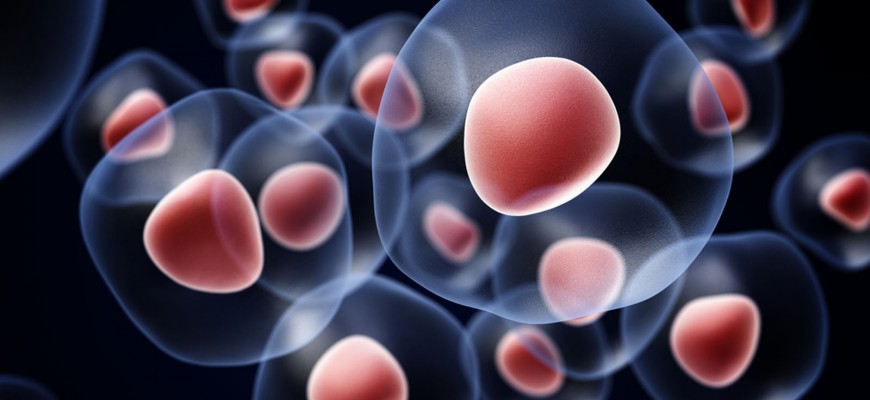What are stem cells?
Stem cells are undifferentiated (unspecialized) cells that have the capability to proliferate – or divide and renew themselves for long periods. They can be obtained from various sources in the human body: bone marrow, peripheral blood, and embryos.
The type and potential of stem cells varies.
Totipotent: Obtained from the fertilized egg cell right after fertilization, these stem cells have the potential to develop into any cell and thus create an entire organism.
Pluripotent: These stem cells are derived from the embryo a few days after fertilization. They are capable of developing into specialized cell types such as heart cells and nerve cells but not into complete organisms.
Multipotent: Having basically the same characteristics as all stem cells – self-renewing, differentiating into different cells – multipotent cells, however, are limited in that they can only give rise to one or more cell lines. These are the cells that are usually derived from “adult” sources.
Unipotent: Also derived from non-embryonic sources, the basic quality of these cells to divide and proliferate, though not into other cell types, makes them valued contenders for generating cells for transplant, etc.
While those derived from bone marrow and peripheral blood are also capable of properties that enable them to be used for medical research, the focus of all the attention remains on embryonic stem (ES) cells – derived from 5-7 day-old embryos. When the embryo is six weeks old, the stem cells obtained from it are termed embryonic germ (EG) cells.
Stem Cell research encompasses any research that involves the use of human gametes and blastocytes (or embryos), use of human embryonic stem cells (hESC), human embryonic/adult or fetal germ cells, and any other human pluripotent (capable of giving rise to different cell types) stem cells.
Stem cell research was and remains controversial due to the manner in which the cells are obtained. When embryonic stem cells are drawn from the embryo, the embryo is destroyed, leading to beliefs that a life is destroyed. The debate over the pros of using hESC, (namely discovering groundbreaking treatments for dreaded diseases such as Alzheimer’s, Parkinson’s, diabetes, etc. as well as for therapy after devastating injuries) and the cons, (loss of life, disregard for human life, creation of embryo farms, commercialization of embryos, etc.) is still not settled and probably will not, any time soon.
However, it is important, when using stem cells for research, to follow state and federal guidelines governing stem cell research very strictly. In order to ensure that all regulations related to stem cell research are followed, a research organization appoints a Stem Cell Research Oversight (SCRO)committee to oversee and review all the protocols that are followed in a stem cell research laboratory. This committee is also responsible for generating guidelines for various procedures using stem cells, such as, transplantation of human cells into animals, derivation of new cell lines, The SCRO also determines if all necessary regulations are followed during the course of the research.
All researchers carrying out any form of stem cell research are required to submit their research protocols to the SCRO for review. The committee will review the protocols to ensure that the various relevant compliance standards and regulations are followed by the researchers.
The entire process of submitting the protocols documenting all details of materials, procedures, funds, and data; following up on a timely basis usually takes up a lot of time that could be better used by a researcher on doing actual research rather than the paperwork. In order to ease this burden on research workers, there is software available today that can take care of all the administrative work associated with recording compliance. Some of them provide integrated platforms for multiple researchers to submit and follow up on the progress in the complex and time-consuming process to obtaining compliance approvals from the research committees overseeing stem cell research.
For researchers in the stem cell study area, such customized software modules make it easy and hassle-free for them to concentrate on their research.

